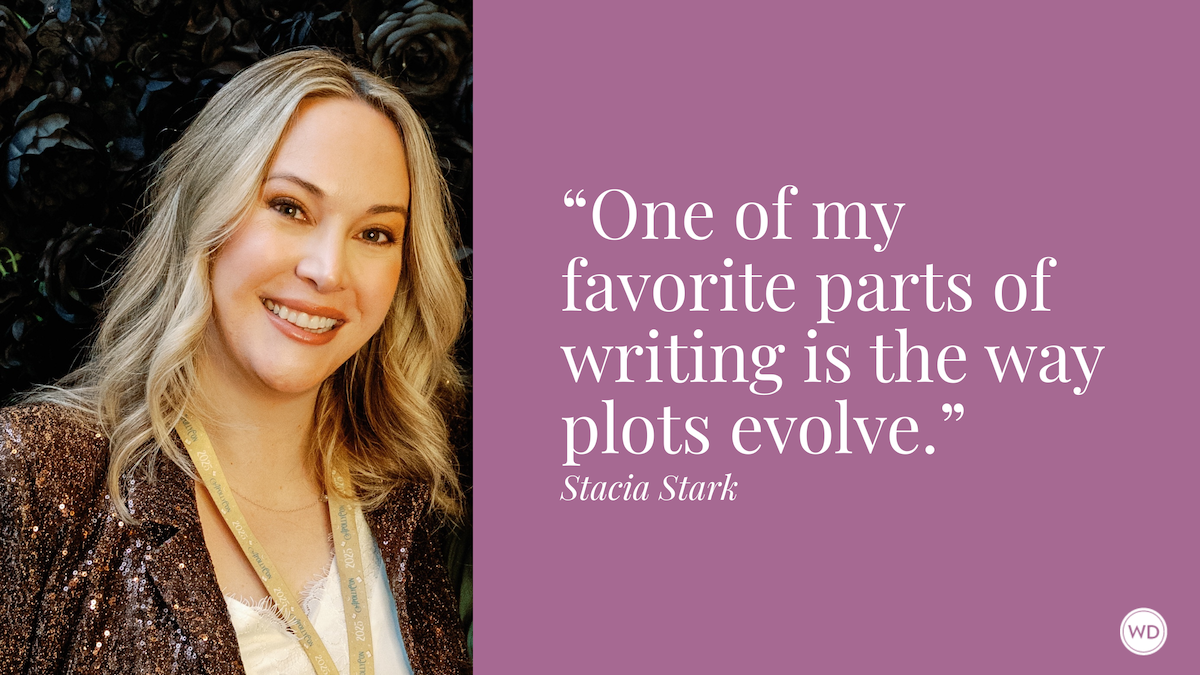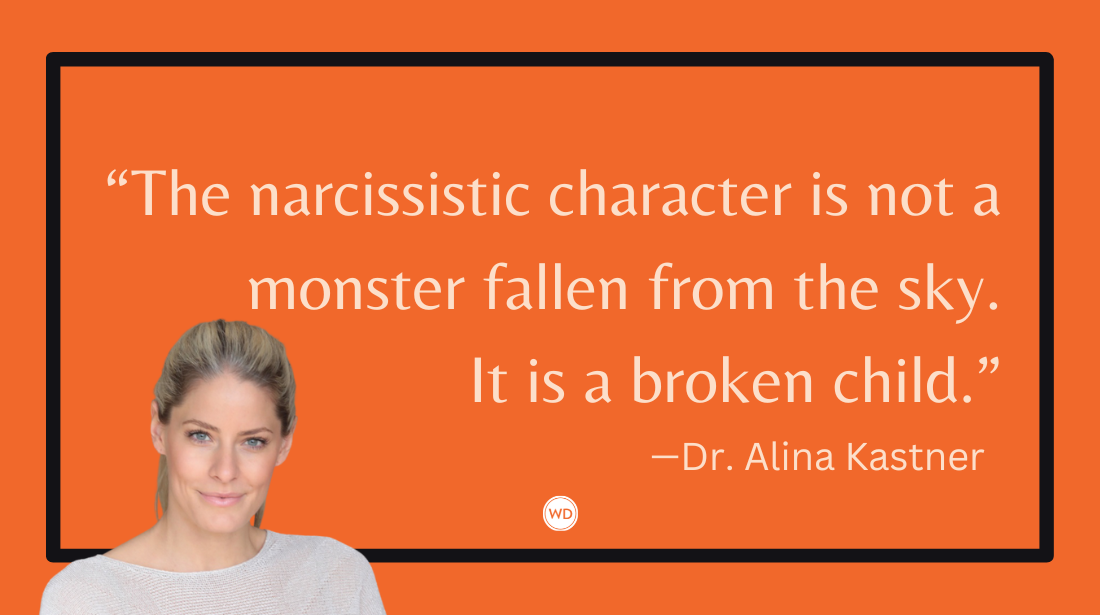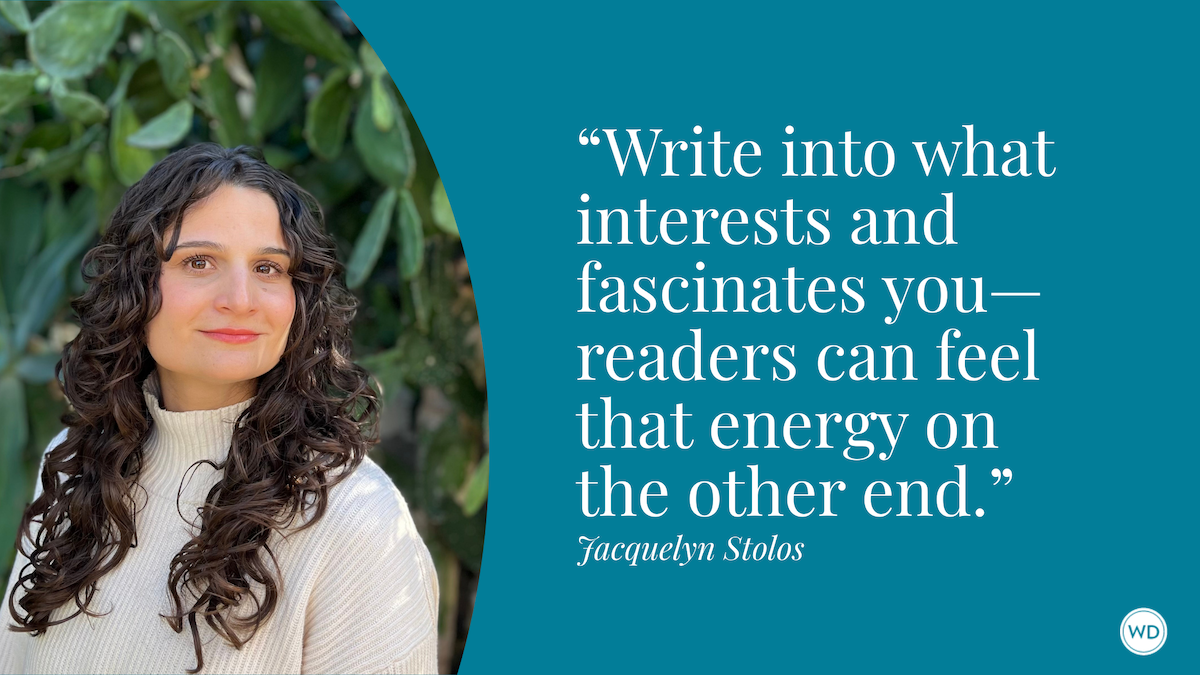Writing Mistakes Writers Make: Oversharing in Self-Help
The Writer’s Digest team has witnessed many writing mistakes over the years, so we started this series to help identify them for other writers (along with correction strategies). This week’s writing mistake is oversharing in self-help writing.
Everyone makes mistakes—even writers—but that's OK because each mistake is a great learning opportunity. The Writer's Digest team has witnessed many mistakes over the years, so we started this series to help identify them early in the process. Note: The mistakes in this series aren't focused on grammar rules, though we offer help in that area as well.
Rather, we're looking at bigger picture mistakes and mishaps, including the error of using too much exposition, neglecting research, or researching too much. This week's writing mistake writers make is oversharing in self-help writing.
Writing Mistakes Writers Make: Oversharing in Self-Help Writing
Self-help is a really interesting medium because it brings the author right into the reader’s life in a way that other nonfiction doesn’t; for example, memoir is all about someone telling you their life story. Self-help is you sharing your experiences to help someone navigate theirs.
But a large problem when it comes to this kind of writing is that the writer seems to think they’re penning a memoir. You might be familiar with the joke that you have to scroll through a recipe blogger’s whole life story before you can get to the recipe? We don’t want your reader to feel that when they’re reading your self-help book.
Look, I get it. It’s hard to look at your story and decide what will be important to your reader or not. Your whole story is important, isn’t it? It’s your life! But the fact of the matter is that self-help readers are selfish. I say that with as much love as possible. But home cooks surf recipe blogs for the recipe. They may be interested in knowing the blogger’s experience with making the recipe, but they don’t really care that they discovered it in an old tin that they got from an estate sale they happened upon while apple-picking with their mother. Self-help readers come to your book to solve a problem, and they only care about your experiences as much as it relates to solving that problem.
Mistake Fix: Revise From Your Reader’s Perspective
Before we dive into this, I want to say that first and foremost, you need to be able to identify who your reader is and what they want from this book. This article will be most helpful to you if you’ve already done the exercise outlined in my article “Writing Mistakes Writers Make: Not Identifying Your Reader in Self-Help Writing” here on the Writer’s Digest blog.
Once you’ve done that, you can go ahead and dive into making sure you’re not oversharing in your book! To do that, follow these three simple steps:
1. Write from the heart
Your first draft should come right from your heart—don’t worry about the typos, the run-on sentences, or the massive amount of oversharing that you’re likely to do. Write down your experiences as you remember them. Don’t hold anything back from the reader or from yourself.
This should help you avoid some writer’s block, but it’s also important to do this so you get the tone of your writing fine-tuned. Your reader wants to know that they’re safe, not judged, and that they have the inner strength to solve their problem.
In my article “Writing Mistakes Writers Make: Lack of Examples in Self-Help Writing,” I created a fictional book I called Wedding Planning Zen: The Couple’s Guide to Budgeting, Organizing, and Styling Their Perfect Day. If I were writing a section in this book about who you should invite, writing it from the heart might look something like this:
If you’re unsure if someone should be invited, add them to a separate list called the “B-list.” This is a secondary list that hosts people you’d like to invite if the budget (and venue size) allows it. Once you send out your initial guest list, you’ll start getting clear on who isn’t coming so you can send out invites to your B-list guests in case they can make it.
For my spouse and I, the people who ended up on our B-list were college friends who we still spoke with occasionally; they were people we were really close with when our relationship was new, but we hadn’t maintained that closeness as the years went on, so they didn’t come to mind as quickly as the people we spent holidays with or grabbed drinks with every Thursday after work. However, we knew that there would be some out-of-town family members who we could expect to RSVP as a no—it was still important to invite them first, as they’re family, but once we got the news that they officially weren’t coming, I was able to reach out to friends on the B-list and extend an invitation. Those friends were able to attend, and it meant a lot to us that they were there!
2. Put yourself in the reader’s perspective
Once you’ve written your first draft, set it aside for a while. That can be a few days, weeks, even a month or so (because you don’t want to wait too long!). But once you have some distance from your project, it’s time to sit with that work you did to identify that reader. Who are they? What are they looking for? Where have they been? What’s their dream outcome from following your advice?
Now, thinking about this from that single reader’s perspective, read through your manuscript and mark down moments that don’t align with their problem or dream come true. You can either highlight them, pop a comment on them, or even delete them using Track Changes so you can hide those sections and see what the work will look like after they’re removed. Look for anything like side stories, background details that aren’t necessary to the main idea, and even follow-up details about what happened after.
For the Wedding Zen section from above, I bolded anything that could be removed to keep the focus less on my personal experience and more on the reader’s:
If you’re unsure if someone should be invited, add them to a separate list called the “B-list.” This is a secondary list that hosts people you’d like to invite if the budget (and venue size) allows it. Once you send out your initial guest list, you’ll start getting clear on who isn’t coming so you can send out invites to your B-list guests in case they can make it.
For my spouse and I, the people who ended up on our B-list were college friends who we still spoke with occasionally; they were people we were really close with when our relationship was new, but we hadn’t maintained that closeness as the years went on, so they didn’t come to mind as quickly as the people we spent holidays with or grabbed drinks with every Thursday after work. However, we knew that there would be some out-of-town family members who we could expect to RSVP as a no—it was still important to invite them first, as they’re family, but once we got the news that they officially weren’t coming, I was able to reach out to friends on the B-list and extend an invitation. Those friends were able to attend, and it meant a lot to us that they were there!
3. Remove anything that’s not exactly related to the reader’s ideal outcome and revise to smooth the gaps
Now that you’ve singled out what could potentially be removed, go back through the manuscript and decide what can officially be cut. Most often, you’ll just delete what you’ve highlighted/deleted with Track Changes/etc., but sometimes, you might end up deciding to keep in a detail or two here and there.
The next part is to make sure that the section still makes sense and flows now that you’ve taken out some of the parts. To do that, you should just be able to add in a sentence here or there or reword some things to ensure continuity and flow. I always recommended that my authors read their manuscript aloud after making these sorts of changes. It takes a long time and it’s a ton of work, but you’ll catch so many more things hearing it aloud than you will just by reading it, trust me!
Once more, here’s an example from my fictitious Wedding Zen. Anything in italics are things I reworded to give the section a better flow:
If you’re unsure if someone should be invited, add them to a separate list called the “B-list.” This is a secondary list that hosts people you’d like to invite if the budget (and venue size) allows it. Once you send out your initial guest list, you’ll start getting clear on who isn’t coming so you can send out invites to your B-list guests in case they can make it.
For my spouse and I, the people who ended up on our B-list were college friends who we still spoke with occasionally; once we got the RSVP’s from extended family members who couldn’t make it, I was able to reach out to friends on the B-list and extend an invitation.
To conclude, your story and experiences are important. But you don’t want your readers to feel like they can’t see your advice through your story. This is self-help; not a memoir!









